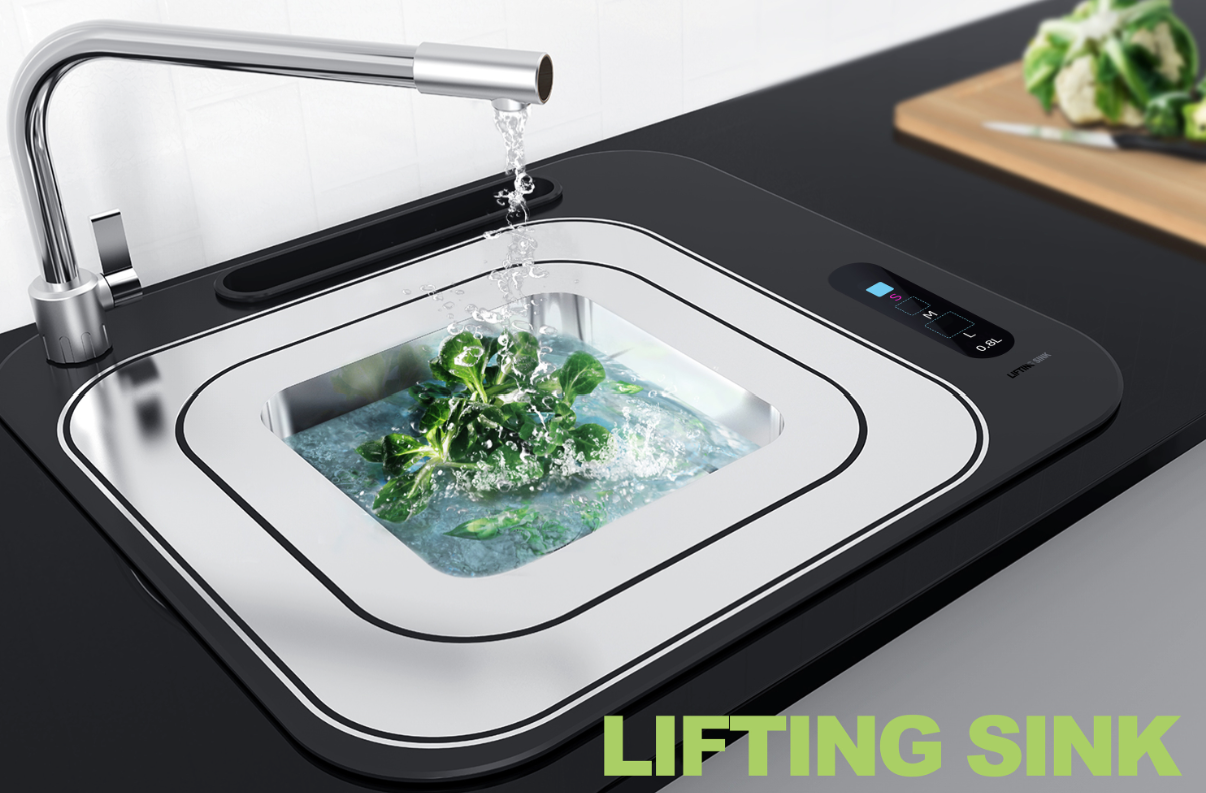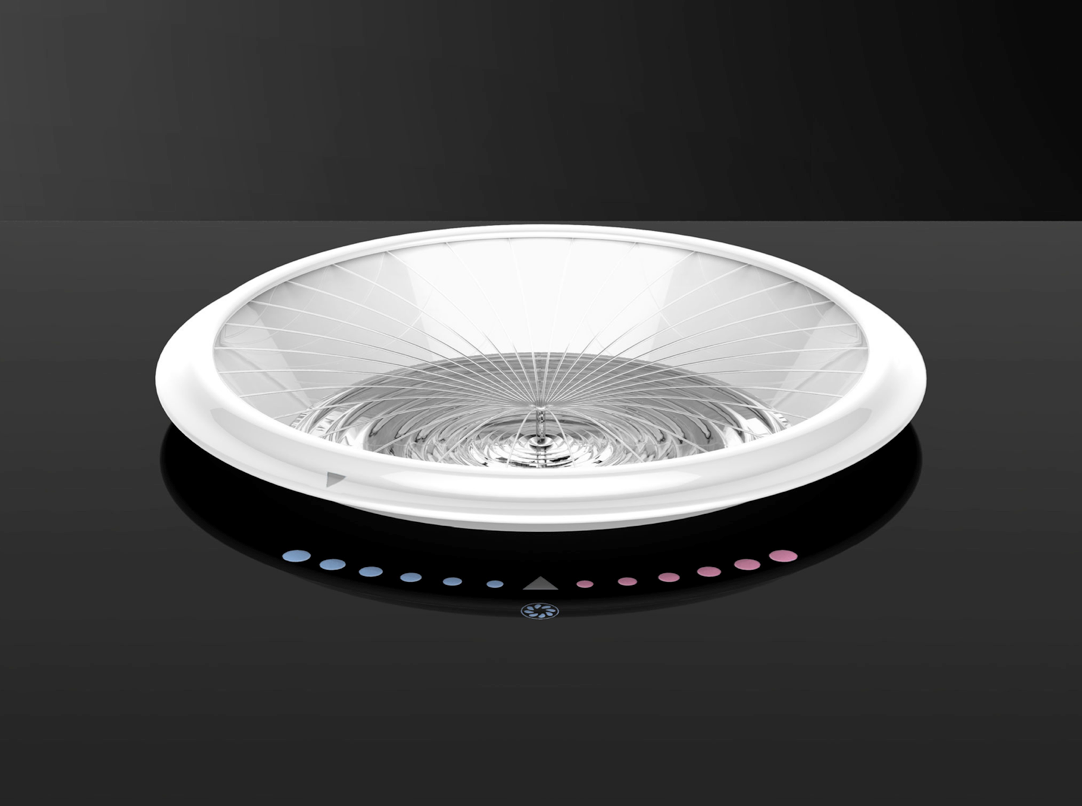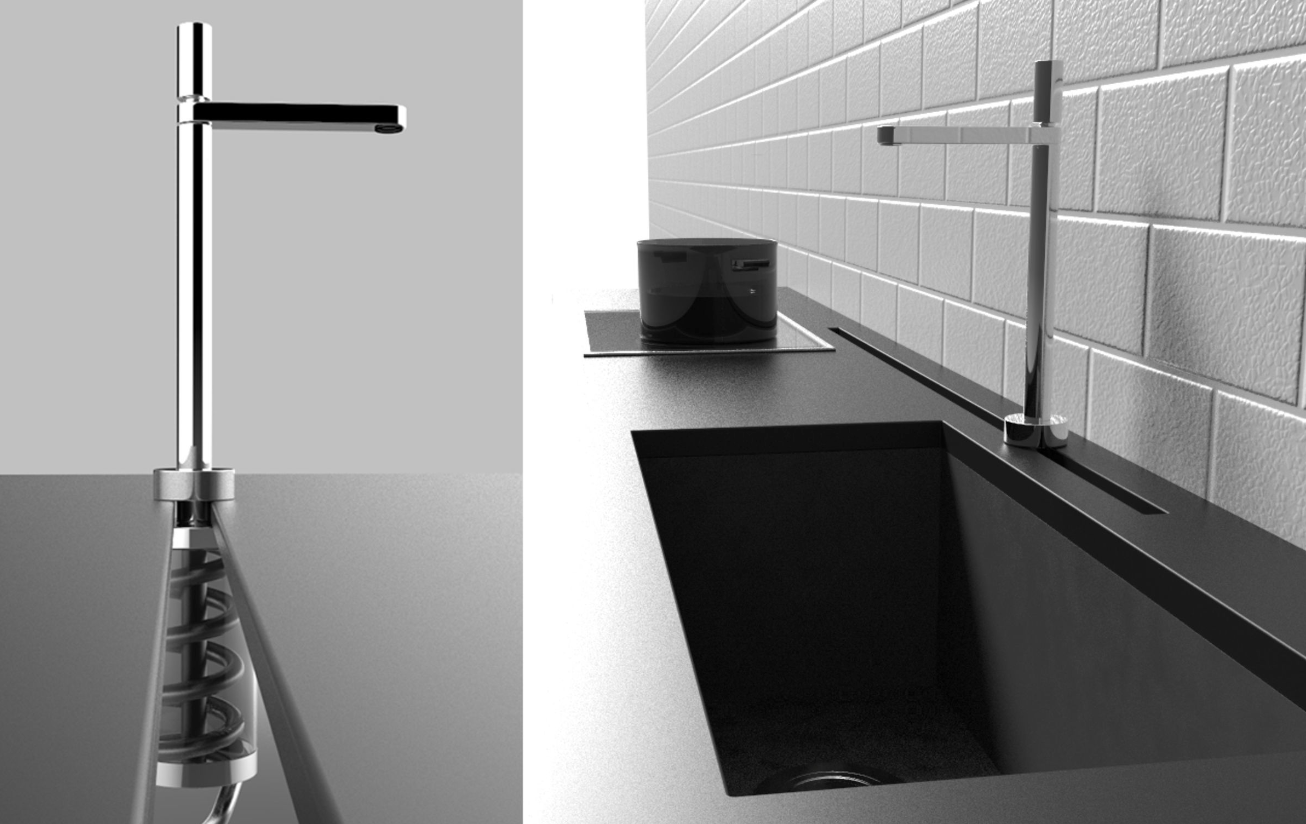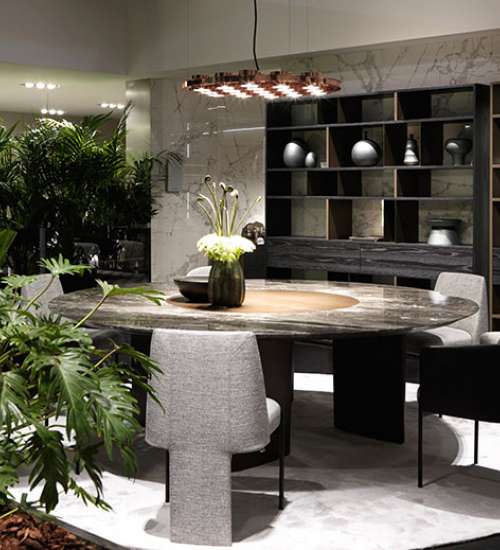Chenyong Li, Lei Yan, Sian Lin, and Peishan He — students of Chinese design-focused universities — made it to the top with the “Lifting Sink”. Being divided into three nested metal layers the “Lifting Sink” can be adjusted perfectly to the space its user needs. For example, when washing a small amount of dishes, the smallest sized sink can be used, which does not need a lot of water and as a result, improves a household's water untilization rate. The judges were not only impressed by the useful technological advancements in the students’ sink, but also by its sleek and elegant design.
“Future Living: Innovative Forms of Using Water in Tomorrow’s Kitchen”, the motto of this year’s Hansgrohe Design Prize by iF, inspired 493 contestants to participate in the competition for young designers, held and organized by iF in Hannover, Germany on June 2017. However, only five made it to the last round, sharing a total of EUR 5,000 of prize money. Jan Heisterhagen, Vice President of Product Management at Hansgrohe SE, was impressed by the range of innovative designs introduced in the scope of this year’s competition, and was happy to see that Hansgrohe’s Design Prize was able to engage so many young and talented designers to take innovative kitchen designs to a whole new level.


The second prize was awarded to Wenjia Ding, Tengye Li, Tao Xiong, and Chenjing Liu, also students of Chinese Univeristies, for their “Movable Rotation”. This unique sink was designed with special attention paid not only to preventing water pollution, but also to improve the user experience and allow for more thorough cleaning. The sink is able to adjust its temperature through rotation, while presenting itself as a decorative bowl, hiding the water source in the rim.

Finally, Hyoungwuk Moon and Joenghyeon Lee from South Korea won third place for their entry that married innovation and ease with Asian cuisine's love of soup. Aiming to make soup making easier, the students created a movable substation that can be slid along a pierced rail over to the stove and back to the sink. The judges praised this design for its innovative optimization of the food preparation process.











 Back
Back